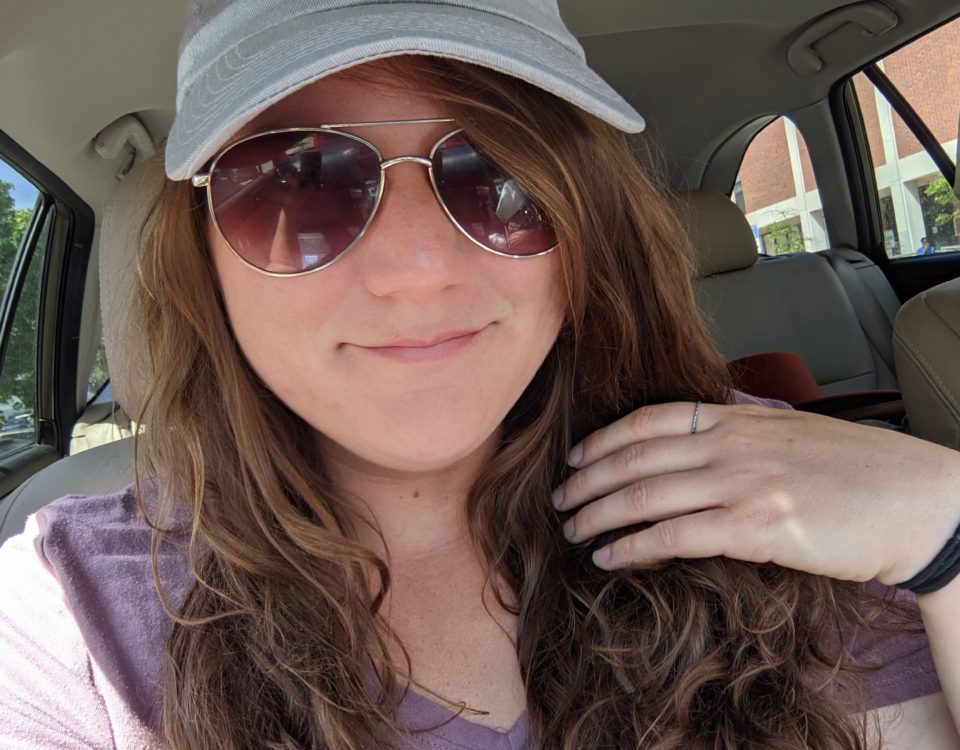- All-In-One Beekeeping for the Bees
- +1-608-728-8233
- info@beepods.com
The Connection Wisconsin Has With Earth Day And How You Can Help Keep The Planet Healthy For Everyone
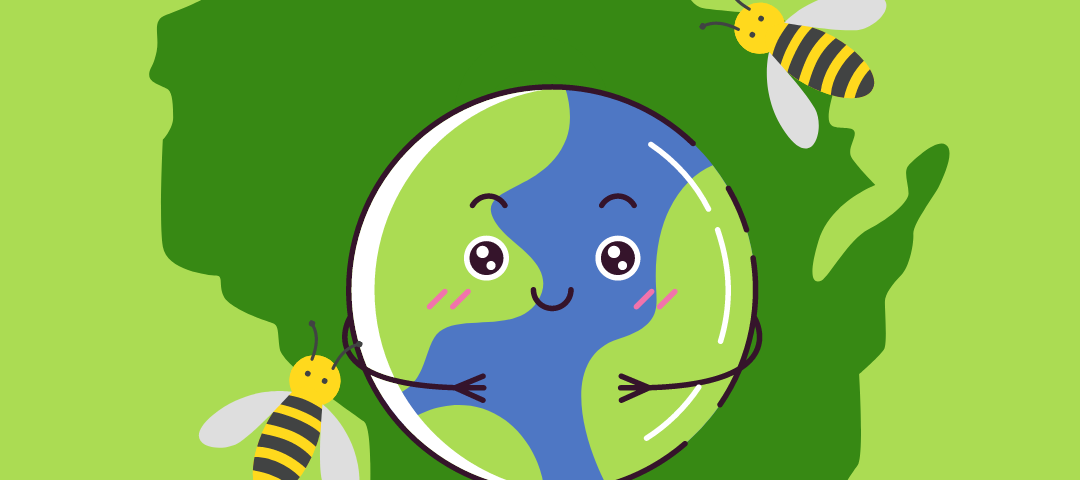
Earth Day is here again! A time to celebrate the one thing we all have in common. Our home, the Earth. We’ve now been celebrating Earth Day for over 50 years, and while there has been monumental change to help keep our home clean, there is still a lot of work to do. Do you know who started Earth Day? Wisconsin’s own Gaylord Nelson. Nelson is a former Wisconsin senator and governor who loved and appreciated the great outdoors! However, did you know there are a few more Wisconsinites that contributed to making the Earth a greener place for everyone? Earth Day has a deep Wisconsin connection. Read on to find out more!
A Brief History
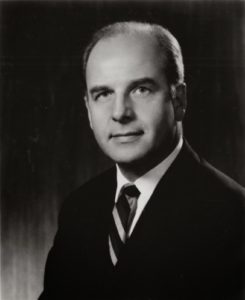 Nelson grew up in Clearwater, Wisconsin where he spent much of his time in nature. While growing up, he witnessed much of the destruction to the pristine wilderness around him. He was elected to the Wisconsin senate in 1948, during this time in office, he witnessed the terrible oil spill off the coast of Santa Barbara, CA in 1969. While in California, Nelson was inspired by the student anti-war movement and came up with an amazing idea.
Nelson grew up in Clearwater, Wisconsin where he spent much of his time in nature. While growing up, he witnessed much of the destruction to the pristine wilderness around him. He was elected to the Wisconsin senate in 1948, during this time in office, he witnessed the terrible oil spill off the coast of Santa Barbara, CA in 1969. While in California, Nelson was inspired by the student anti-war movement and came up with an amazing idea.
In 1970, the first Earth Day was held across the nation, inspiring 20 million people to come out and demonstrate against the pollution that was being dumped into our atmosphere and waterways. In a rare non-partisan agreement, politicians, professors, students, farmers, urbanites, suburbanites, workers, business owners, and so many more came together to help the Earth.
Earth Day then sparked the creation of the EPA, the Clean-Air Act, the Clean-Water Act, the Endangered Species Act, and many more! By 1990, Earth Day went global. Over 141 countries participated in efforts to help clean up the Earth. For the past 20 years, the focus of Earth Day has been to educate people about the effects of climate change and the importance of using clean energy.
While Nelson did amazing work to protect the environment, there are two other Wisconsinites that had a large impact on not only the Earth but Wisconsin itself.
Big Ideas
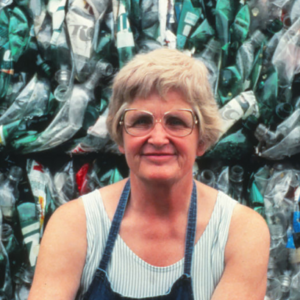 Have you ever noticed the small triangle and number on the bottom of a plastic container? That symbol helps determine what kind of plastic the container is and whether or not it can be recycled. Do you know who came up with that system? A woman from Wisconsin named Milly Zantow. After the local dump was set to close due to there being too much garbage, Milly got to work to solve the issue. She noticed the abundance of plastic trash and did extensive research with her friend Jenny Ehl. After a lot of hard work, the duo came up with a numbering system for plastic that is now used around the world! Milly was an amazing woman and pioneer in cleaning up the Earth. Find out more about her in the video below!
Have you ever noticed the small triangle and number on the bottom of a plastic container? That symbol helps determine what kind of plastic the container is and whether or not it can be recycled. Do you know who came up with that system? A woman from Wisconsin named Milly Zantow. After the local dump was set to close due to there being too much garbage, Milly got to work to solve the issue. She noticed the abundance of plastic trash and did extensive research with her friend Jenny Ehl. After a lot of hard work, the duo came up with a numbering system for plastic that is now used around the world! Milly was an amazing woman and pioneer in cleaning up the Earth. Find out more about her in the video below!
Another Wisconsinite who influenced the preservation of the environment was Aldo Leopold. Leopold spent his early life studying and immersing himself in nature. He graduated from Yale Forest School in 1909 and worked for the US Forest Service. This eventually brought him to teach at UW-Madison. He would remain in the area for the rest of his life. His main focus was ecology and the balance people had with nature. One of his most famous works is A Sand County Almanac.
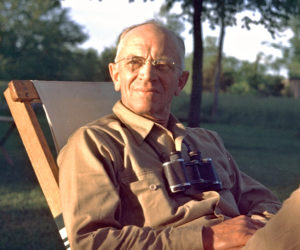 During the first Earth Day, A Sand County Almanac achieved its peak prominence. On the 25th anniversary of Earth Day, Nelson himself even quoted it! Nelson was an admirer of Leopold. Once Nelson became governor, he even said how he wished Leopold was still alive so that he could give him a job to do.
During the first Earth Day, A Sand County Almanac achieved its peak prominence. On the 25th anniversary of Earth Day, Nelson himself even quoted it! Nelson was an admirer of Leopold. Once Nelson became governor, he even said how he wished Leopold was still alive so that he could give him a job to do.
How You Can Help
Wisconsinites have contributed amazing things towards the conservation of our beautiful planet. But there is still so much that needs to be done. There are plenty of ways you can help keep the earth clean to help our waterways, forests, pollinators, and generations yet to come.
- Educate yourself. There are as many science-backed facts about climate change out there as there is misinformation. Make sure you’re using a credible source. Question what you read and what you watch.
- Volunteer your time. Volunteering is a great way to educate yourself about the environment while working to keep it safe and clean. Check out Milwaukee’s Urban Ecology Center to help inspire positive environmental change in the city. Or volunteer to clean up the Milwaukee River with Milwaukee Riverkeeper.
- Plant. Plant trees, flowers, vegetables, anything that will absorb Co2 from the atmosphere or provide food and habitat for pollinators and other critters. You’ll be giving your neighborhood a breath of fresh air and making it beautiful at the same time.
- Stop using chemicals on your lawns. Do you know what happens to the chemicals you spray on your lawn to make them look greener or to kill weeds? They end up killing bees, poisoning our water, and harming the environment around us. Your lawn will look just as beautiful with dandelions in it, we promise.
- Cut out single-use plastic. This might seem difficult but all it takes is a little effort. Bring reusable shopping bags to the store. Use a bamboo toothbrush and biodegradable floss. They even sell eco-friendly shampoo and conditioner and bee-wraps to cut out on plastic wrap and foil.
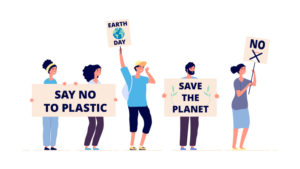
Final Thoughts
When it comes down to it, Earth Day is a holiday that should be celebrated every day. We all live on this beautiful planet and it is up to us to keep it clean and thriving, or the generations after us will pay the price. What is so wrong with having a clean Earth anyway?
Monica Cull
Latest posts by Monica Cull (see all)
- How To Keep Your Bees Calm During An Inspection - June 30, 2021
- Pollinator Week: How COVID-19 And Modern Technology Have Impacted Bees - June 23, 2021
- Bee-Themed Activities You Can Do With Your Kids This Summer - June 17, 2021



